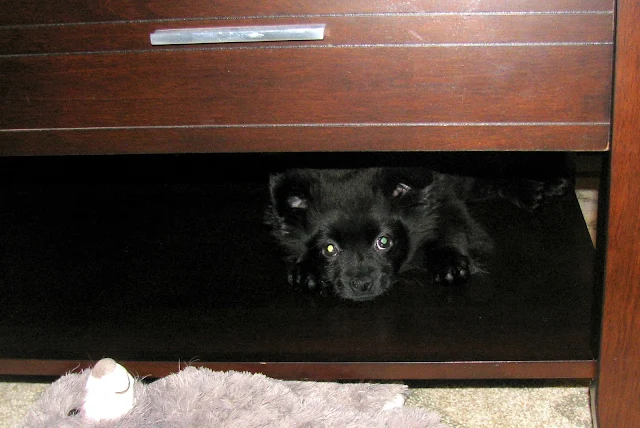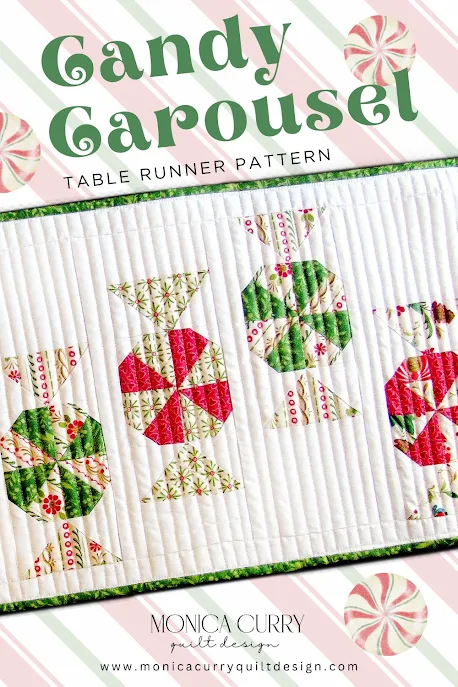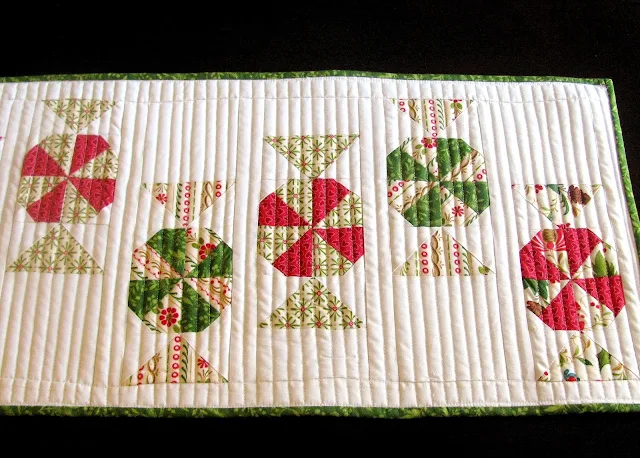My piece Summer Aspen below was submitted for a new wing at a local hospital. The theme for the submissions was trees. I chose the Aspen tree because I love how Aspen leaves rustle in the wind. Unfortunately, the piece wasn't chosen but I ended up with a very nice quilt for my home.
 |
| SUMMER ASPEN by Monica Curry |
The strips I used for the tree trunks in Summer Aspen were cut from fabric that was printed from a linocut I made. I wanted each strip to look like an actual Aspen tree.


I liked how this quilt turned out and it hung in my office for a couple of years. I now enjoy it as a sewing machine cover.

My art quilt Closing Time below was shown at the Manitoba Crafts Council Exhibition 2013. The quilt was named after Leonard Cohen's song Closing Time. While I was making the quilt this line from the song kept coming up in my head, "and the men they dance on the polka-dots" because of the polka dot fabric I was using.
 |
| CLOSING TIME by Monica Curry |
 |
| CLOSING TIME (Detail) Photo by L. Norman |
Improv Quilting Books
Several years ago I bought Rayna Gillman's book Create Your Own Free-Form Quilts: A Stress-Free Journey to Original Design. I wanted to try something new and push the envelope a little. I also had a ton of little scraps I couldn't bear to throw out. The result was my improv quilt called Summer Aspen (shown above). I really enjoyed making this quilt. Gillman's book is very comprehensive and well written. She provides very good step-by-step directions for her "free-form" quilting technique.

See more great examples of Improv quilts at my Pinterest board.




























.jpg)












.jpg)


